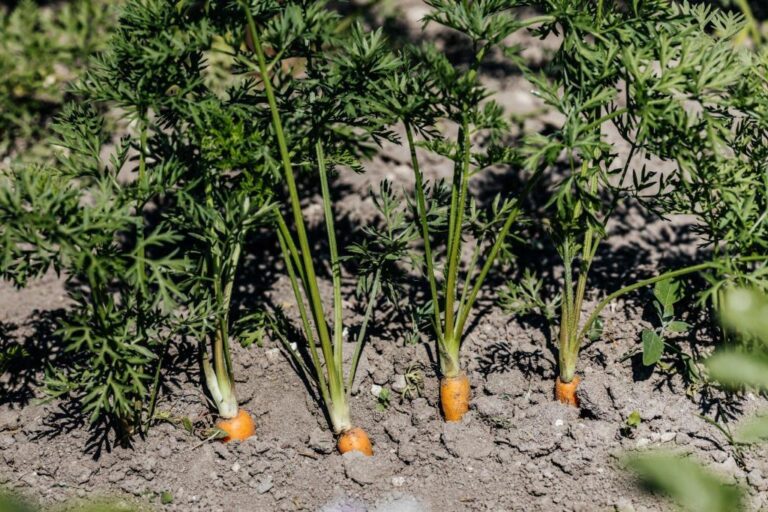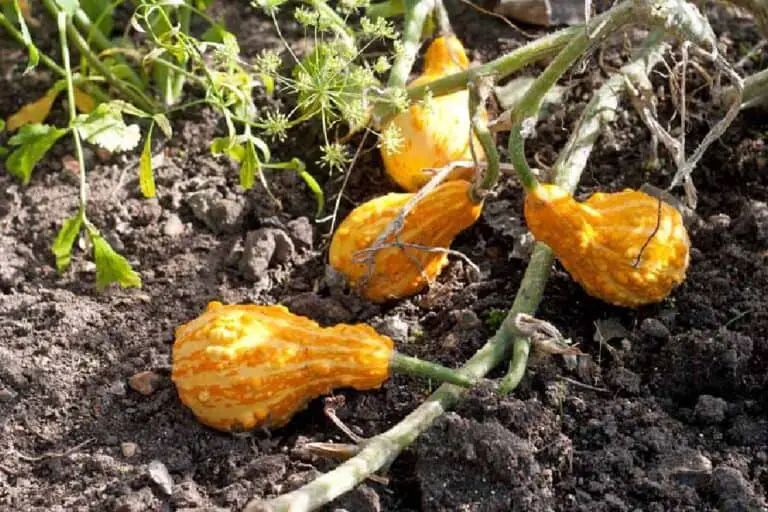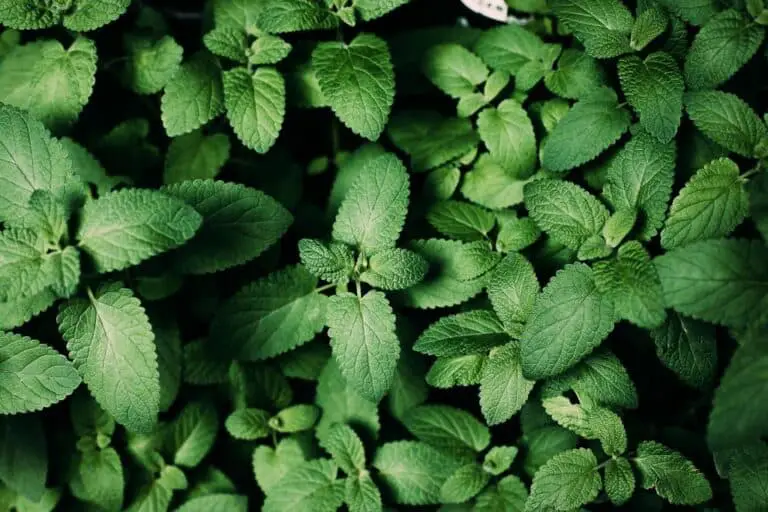How Cold Can Brussel Sprouts Tolerate for Growing? Freezing Temps Facts
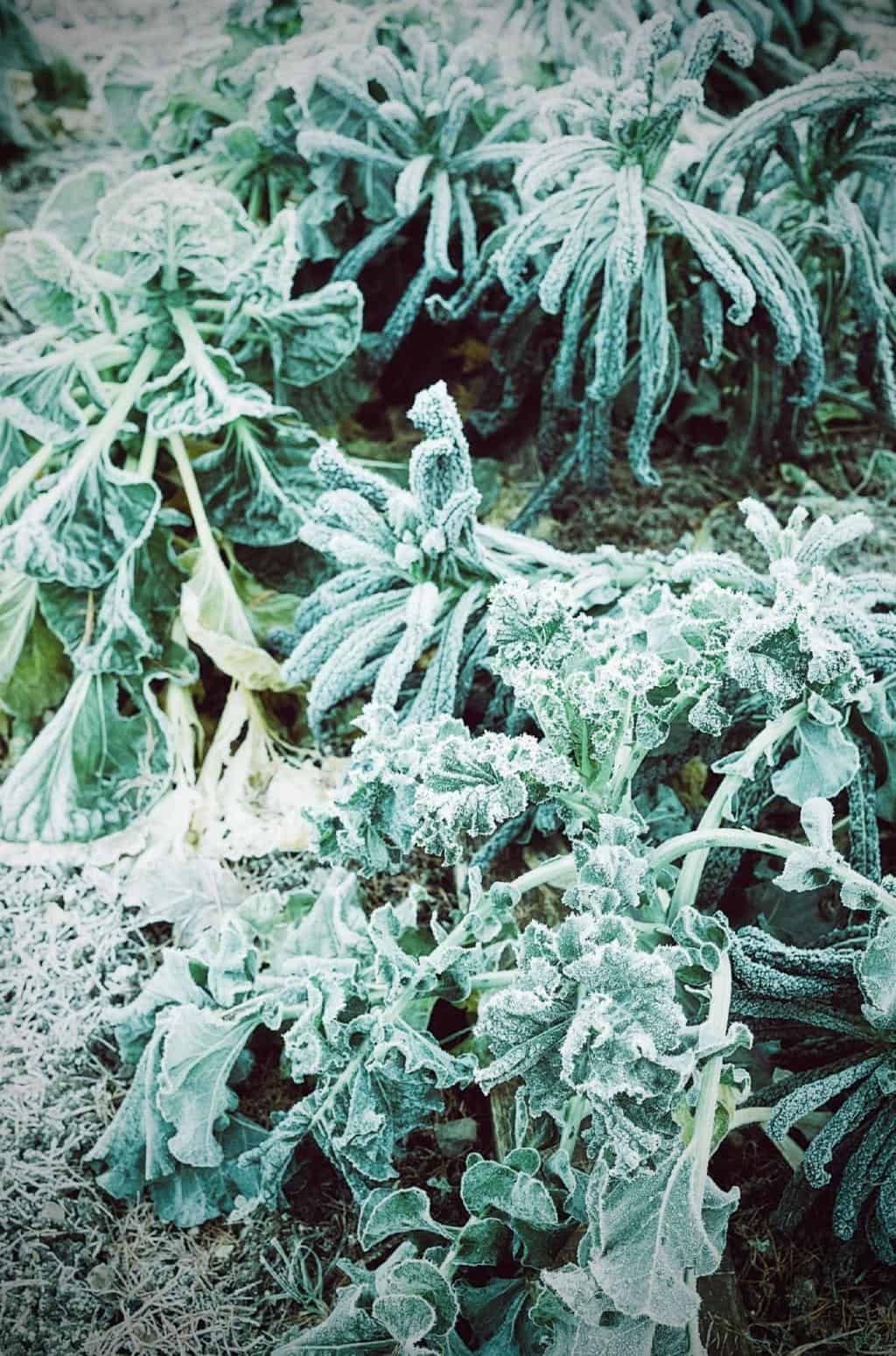
Have you ever wondered how Brussels sprouts, those delightful little cabbage-like veggies, manage to brave the cold and still thrive? Prepare to be amazed as we delve into the fascinating world of Brussels sprouts and their remarkable resilience to freezing temperatures.
Whether you’re a seasoned gardener or just starting out, understanding the cold tolerance of these hardy vegetables is essential for a successful harvest. In this article, we’ll unlock the secrets behind the optimal temperature range for Brussels sprouts.
We will reveal how they can endure chilling conditions that would make other plants shiver. From their preference for cool weather to their ability to withstand light frosts, we’ll explore it all.
In addition to that, we’ll also equip you with practical tips on protecting your Brussels sprouts from the icy grasp of freezing temperatures. So, if you’re ready to unlock the secrets of Brussels sprouts’ cold tolerance and arm yourself with freezing temperature facts, let’s dive in!
Introduction to Brussels Sprouts and Their Growing Conditions
Brussels sprouts are a nutritious and versatile vegetable that can be a great addition to your garden. Before delving into the topic, let’s provide a brief overview of Brussels sprouts.
Brussels sprouts are a member of the Brassicaceae family. These miniature cabbage-like vegetables are packed with vitamins, minerals, and fiber, making them a healthy choice for your plate. Brussels sprouts thrive in cool climates and are typically grown as a fall or winter crop.
Understanding their tolerance for cold temperatures is critical. These hardy plants are known for their ability to withstand colder temperatures, making them a popular choice for fall and winter gardening. They require a specific range of temperatures for optimum growth, and freezing temperatures can be harmful.
Read: Why Are Brussels Sprouts Called Brussels Sprouts?
Optimal Temperature Range for Brussels Sprouts Growth
Temperature plays a critical role in various physiological processes in Brussels sprouts, including seed germination, vegetative growth, flowering, and sprout formation. Cooler temperatures, particularly within the lower end of the optimal range, tend to promote better sprout development and enhance their flavor. This makes Brussels sprouts particularly well-suited for cultivation in regions with mild climates or during the cooler seasons.
The optimal temperature range for Brussels sprouts is between 55°F (13°C) and 75°F (24°C). Within this range, the plants can thrive and achieve their maximum growth potential. However, they can tolerate slightly lower or higher temperatures for shorter durations without severe damage.
The Impact of Temperature on Plant Growth and Development
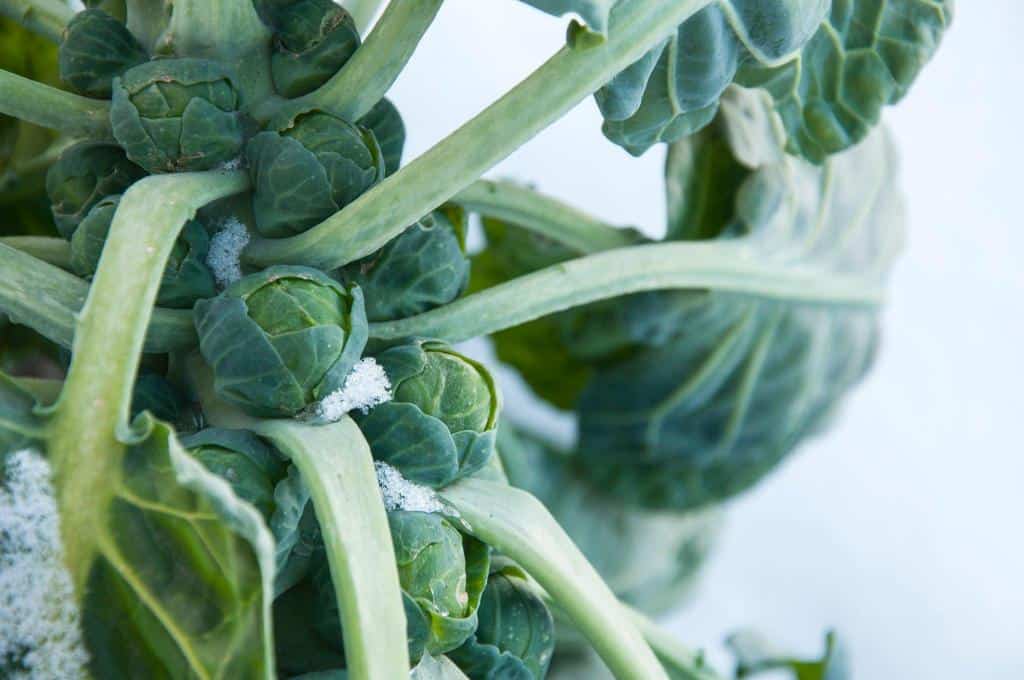
At temperatures below 55°F (13°C), Brussels sprouts may experience slow growth or even stunted development. Cold temperatures can delay seed germination and hinder the establishment of strong root systems. In these conditions, the plants may struggle to absorb nutrients and water effectively, leading to weaker growth overall.
On the other hand, temperatures above 75°F (24°C) can have detrimental effects on Brussels sprouts. High temperatures can induce premature flowering and bolting, which means the plants produce flowers and seeds earlier than desired.
When this happens, the energy that would have been allocated for sprout formation is redirected towards reproductive processes. Consequently, the quality and size of the sprouts may be compromised.
Additionally, prolonged exposure to high temperatures can cause the plants to become stressed and more susceptible to diseases and pests. Heat stress can lead to Brussels sprout leaves wilting, leaf scorching, and reduced photosynthesis. As a result, the overall health and productivity of the Brussels sprouts may be negatively impacted.
To mitigate the adverse effects of temperature extremes, it is recommended to provide adequate shade and irrigation during hot weather. Mulching the soil around the plants can also help regulate soil temperature and moisture levels. In colder climates, using row covers or cloches can help young Brussels sprouts survive frost and promote optimal growth.
How Cold Can Brussel Sprouts Tolerate for Growing?
Nature has bestowed Brussels sprouts with remarkable resilience, enabling them to withstand the chilly embrace of winter. These cold-hardy vegetables, fearlessly face temperatures as low as 20°F (-6°C) without faltering. Their natural cold tolerance is a testament to their adaptability and endurance.
Remarkably, rather than succumbing to the cold, Brussels sprouts seem to thrive in its presence. Some gardeners argue that the light frost serves as an elixir, enhancing the flavor of Brussels sprouts.
While the sprouts may appear serene and unscathed amidst the frost, it is essential to recognize their limits. Prolonged exposure to extreme cold can still cause damage, even to these tenacious vegetables. Freezing temperatures can lead to tissue damage, resulting in wilted leaves and a decline in overall vigor.
The Risk of Frost Damage to Brussels Sprouts Plants
Frost damage is a significant concern for Brussels sprouts growers. Frost occurs when temperatures drop below freezing (32°F or 0°C). The formation of ice crystals can rupture plant cells, leading to irreversible damage. Protecting Brussels sprouts from frost is essential to ensuring their survival and productivity.
Frost Tolerance Chart
To help you better understand the impact of freezing temperatures on Brussels sprouts, here’s a frost tolerance chart:
| Temperature (°F) | Plant Response |
| Above 32°F | No damage |
| 28°F to 32°F | Light damage |
| 24°F to 28°F | Moderate damage |
| Below 24°F | Severe damage |
Remember, these temperature ranges are approximate, and individual plant varieties may exhibit slight variations in their tolerance levels.
Protecting Brussels Sprouts from Freezing Temperatures
To safeguard your Brussels sprouts plants from the detrimental effects of freezing temperatures and frost, various protective measures can be employed. Let’s explore some effective strategies for protecting Brussels sprouts during cold weather.
- Frost Covers: Using frost covers, such as blankets, row covers, or frost fabric, can provide a physical barrier between the plants and the freezing air. These covers trap heat and create a microclimate around the plants, offering protection from frost damage. Ensure the covers are securely anchored to prevent wind from dislodging them.
- Mulching: Applying a layer of organic mulch around the base of the Brussels sprouts plants can help insulate the soil and retain heat. This layer of mulch acts as an additional buffer against freezing temperatures. Suitable mulching materials include straw, hay, dried leaves, or compost as mulch.
- Watering: Watering the Brussels sprouts plants thoroughly before the arrival of freezing temperatures can help insulate the root system. Moist soil retains heat better than dry soil, providing some protection to the plants. However, avoid excessive watering, as waterlogged soil can lead to other problems, such as root rot.
- Row Orientation: Consider the orientation of the rows when planting Brussels sprouts. Planting the rows in a north-south direction allows brussel sprouts to receive maximum sunlight during the day, aiding in heat absorption and minimizing the impact of freezing temperatures.
- Timely Harvesting: Harvesting Brussels sprouts before the onset of severe freezing temperatures can be a proactive approach. By harvesting mature sprouts, you can enjoy the fruits of your labor and prevent them from sustaining frost damage.
- Container Gardening: If you are growing Brussels sprouts in containers, you have the flexibility to move them to a sheltered location during freezing temperatures. This mobility enables you to provide optimal protection to the plants by relocating brussel sprouts indoors or to a greenhouse.
- Site Selection: When choosing the planting site for Brussels sprouts, consider areas that are naturally protected from cold winds, such as against a wall or near tall structures. These natural barriers can provide some shelter and reduce the impact of freezing temperatures.
By implementing these protective measures, you can significantly increase the resilience of your Brussels sprout plants against freezing temperatures and safeguard their growth and productivity.
Conclusion
Brussels sprouts are hardy vegetables that can withstand colder temperatures, making them an excellent choice for fall and winter gardening. They can tolerate light frosts and temperatures as low as 20°F. However, freezing temperatures below 32°F can cause damage to the plant cells.
To protect Brussels sprouts from freezing temperatures, consider timing your planting, providing windbreaks, mulching the soil, using row covers or cloches, watering before freezing temperatures, and harvesting before severe freezes. These measures can help minimize the risk of damage and ensure a successful harvest.
So, if you’re planning to grow Brussels sprouts and are concerned about freezing temperatures, remember how cold Brussels sprouts can tolerate growing. With proper care and protection, these resilient plants can thrive even in chilly conditions. Enjoy the process of nurturing your Brussels sprouts and savor the delicious rewards of your winter garden!
FAQs
What is the lowest temperature that Brussels sprouts can tolerate for growing?
Brussels sprouts can tolerate temperatures as low as 20°F (-6°C) without sustaining significant damage.
How do Brussels sprouts survive freezing temperatures?
Brussels sprouts have natural cold tolerance and can endure freezing temperatures by adapting their metabolism to conserve energy and protect their tissues from frost damage.
Can exposure to light frost enhance the flavor of Brussels sprouts?
Yes, some gardeners believe that light frost can actually enhance the flavor of Brussels sprouts, adding a touch of sweet complexity to the sprouts.
What happens if Brussels sprouts are exposed to prolonged freezing temperatures?
Prolonged exposure to freezing temperatures can cause damage to Brussels sprouts, leading to tissue damage, wilting leaves, and a decline in overall vigor.
What measures can be taken to protect Brussels sprouts from freezing temperatures?
To protect Brussels sprouts from freezing temperatures, gardeners can use techniques such as applying organic mulch around the base of plants, using row covers or cold frames, and harvesting the sprouts before the arrival of frost.


